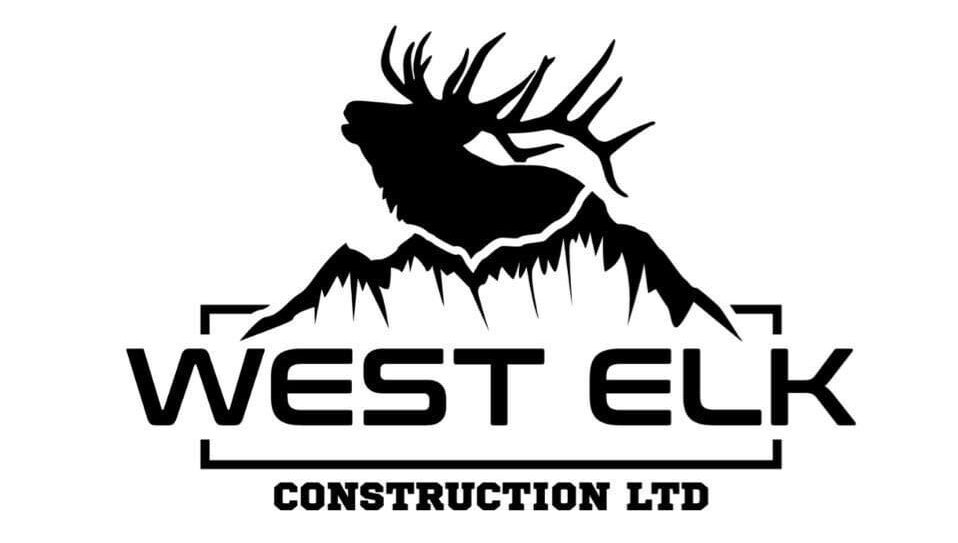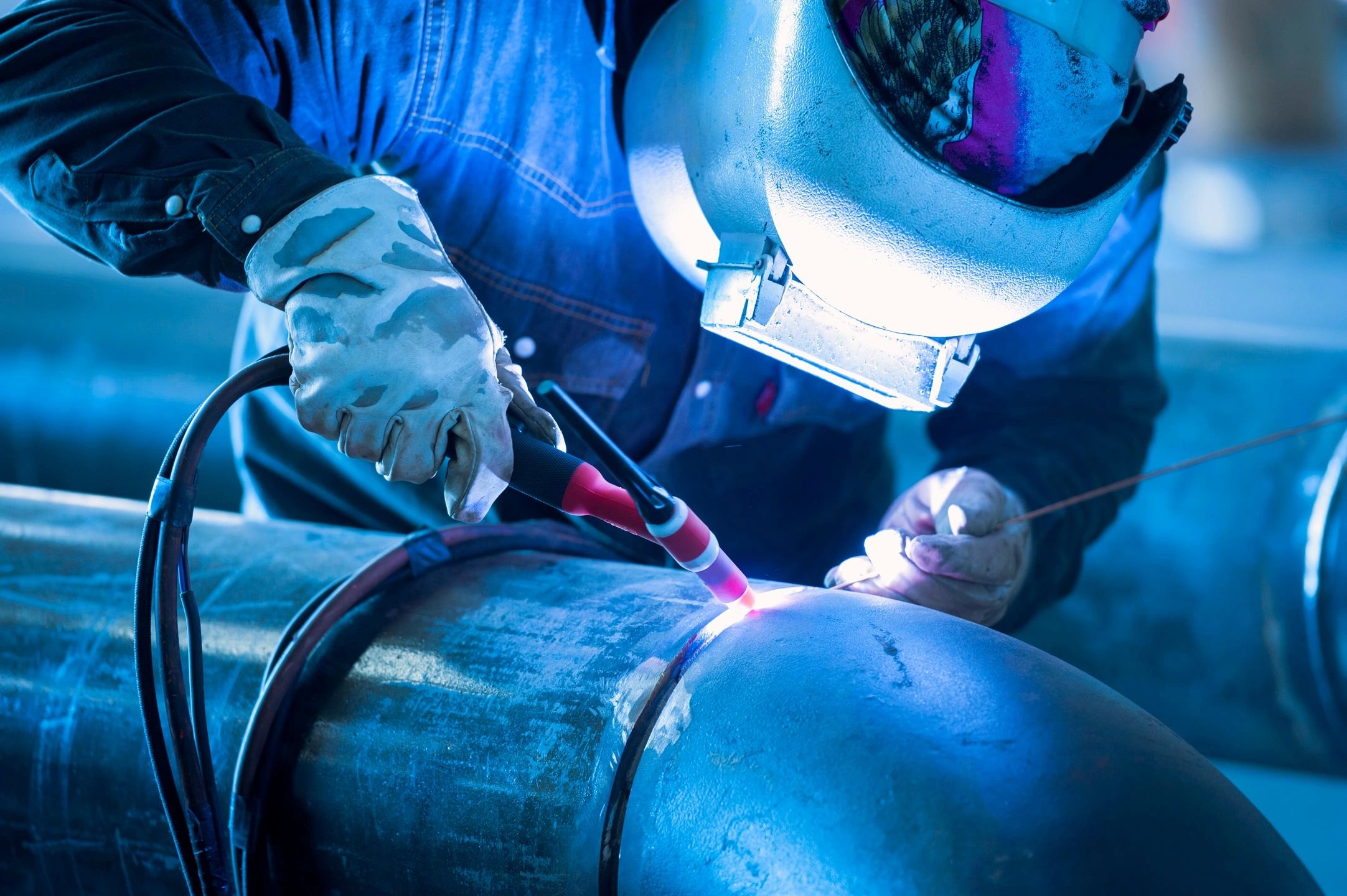Tube welding, a vital process in various industries, combines artistry and precision to join cylindrical components efficiently and securely. Whether you’re constructing a bicycle frame, manufacturing pipelines, or fabricating intricate structures, understanding tube welding is crucial. In this blog post, we’ll explore the fascinating world of tube welding.
The Fundamentals of Tube Welding
Tube welding is the process of joining two cylindrical components together, often made of metal, using heat and pressure. Welders employ various techniques to create strong, durable, and leak-free connections. The most common methods include:
1. Arc Welding: This involves using an electric arc to melt the ends of the tubes and fuse them together. Subtypes of arc welding include TIG (Tungsten Inert Gas) and MIG (Metal Inert Gas) welding, which provide different levels of precision and control.
2. Orbital Welding: Ideal for applications requiring high precision, orbital welding uses a rotating electrode to make consistent welds around the tube’s circumference.
3. Resistance Welding: This method uses electrical resistance to generate heat at the welding point, creating a strong bond. It’s commonly used in manufacturing processes.
The Art of Tube Welding
Tube welding is not just a mechanical process; it’s also an art form. Skilled welders need to understand the materials they’re working with, maintain precise control over welding parameters, and possess a keen eye for detail. Achieving a seamless and aesthetically pleasing weld, particularly in applications like custom bike frames or architectural structures, demands both expertise and craftsmanship.
Applications of Tube Welding
Tube welding is ubiquitous in various industries:
– Manufacturing: It’s used to create everything from pipelines and pressure vessels to automobile exhaust systems.
– Construction: Welded tubes form the structural foundations of buildings and bridges.
– Aerospace: Precision tube welding is crucial for aircraft components, ensuring safety and performance.
– Bicycles: Tube welding is an art in bicycle frame construction, with each weld contributing to the bike’s strength and performance.
Quality and Safety in Tube Welding
Quality control and safety are paramount in tube welding. Proper inspection and testing ensure that the welded joints meet industry standards and are reliable. Non-destructive testing methods, like X-rays and ultrasonic inspections, are used to identify defects in welds, guaranteeing the safety of the finished products.
In conclusion, tube welding is a fascinating blend of science and artistry. It plays a crucial role in countless industries, from transportation to construction. So, the next time you admire a sleek bicycle frame or traverse a bridge, take a moment to appreciate the precision and craftsmanship behind the welds that make it all possible.


